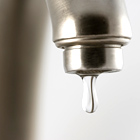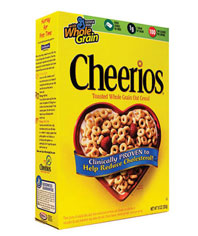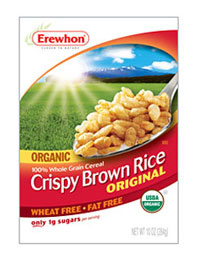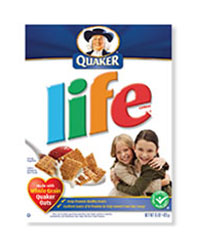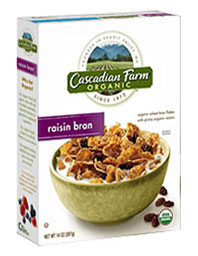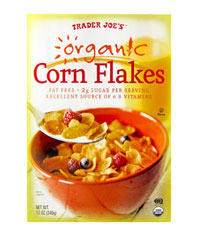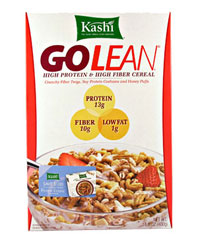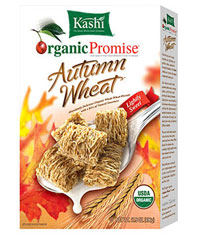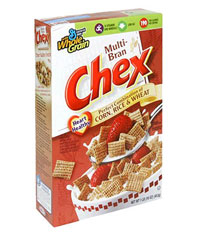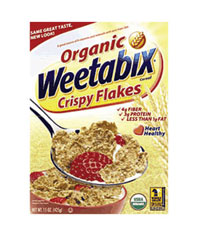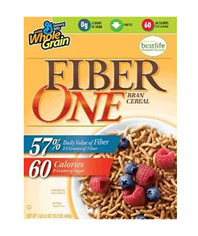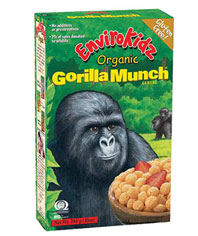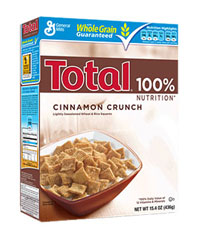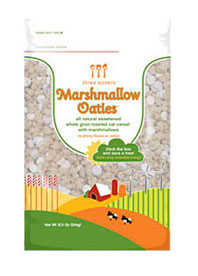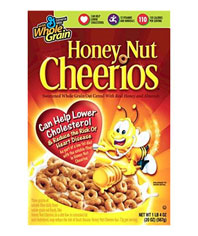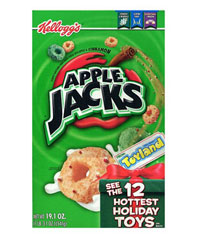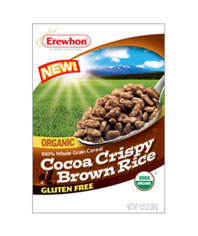Over my many years working in healthcare facilities I have developed a green and clean system to help in the elimination of devastating bacteria that can lead to MRSA and other difficult infections.
It seems as the facilities make a major contribution to this problem and they must be addressed.
It seems as the facilities make a major contribution to this problem and they must be addressed.
How Healthcare Impacts the EnvironmentHospitals make significant contributions to their communities by providing a wide variety of services. They are also major employers, with healthcare comprising approximately 16% of the national and regional economy. Hospitals operate all day everyday, making their environmental footprint large in many communities.
Hospitals impact the environment by:
- Generating approximately 7,000 tons per day of waste, including infectious waste, hazardous waste, and solid waste.
- Using mercury in medical devices, equipment, light bulbs, etc.
- Using materials that may have toxic effects: PVC, DEHP, cleaning materials, heavy metals in electronics, pesticides, batteries.
- Consuming large amounts of energy in buildings and car fleets, and generating significant greenhouse gas emissions.
Read more
- Consuming large amounts of water for domestic use and heating/cooling as well as landscaping.

